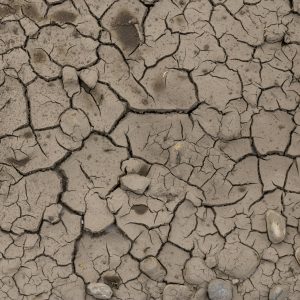Afghanistan’s Ghazni preserves thousand-year-old water network
A medieval underground canal and bathhouse, designed during the Ghaznavid Empire, continues to provide water to locals
KABUL, Afghanistan (MNTV) — An ancient underground water canal, or qanat, and its adjacent bathhouse in Ghazni province, southeastern Afghanistan, continue to serve local residents more than a thousand years after their construction.
Known as Bibi Mahan, after Sultan Mahmud of Ghazni’s wife, the site is one of the last surviving examples of medieval water management systems in the region.
According to Tolo News, the qanat was built during Sultan Mahmud’s reign (998–1030) to channel water from multiple natural springs, ensuring a constant supply for the city’s inhabitants.
These systems were vital at the time, providing water for drinking, irrigation, and public baths.
Nazir Rahman, a local resident, explains: “The wife of Sultan Mahmud brought a water specialist to the Telkhakdar Plain to collect water from 70 springs into this qanat.”
For centuries, the bathhouse has served both as a space for hygiene and religious rituals.
Mohammad Aman, another local, recalls, “We always used this bathhouse for washing and ablution. I remember another spring in Shiwa, but it has since dried up.”
While many qanats and bathhouses once existed throughout Ghazni, most have been lost over time.
Local elder Haji Agha reflects, “In the past, people relied on these water systems due to the lack of modern facilities. Now, this is the only one still in use.”
Located along the historic trade route between Kabul and Kandahar, Ghazni was a major cultural and learning center during the Ghaznavid Empire. However, many of its historical structures are deteriorating.
Cultural leaders and residents are urging the Ministry of Information and Culture to take immediate steps to restore and preserve the city’s heritage before more of its past is lost.










